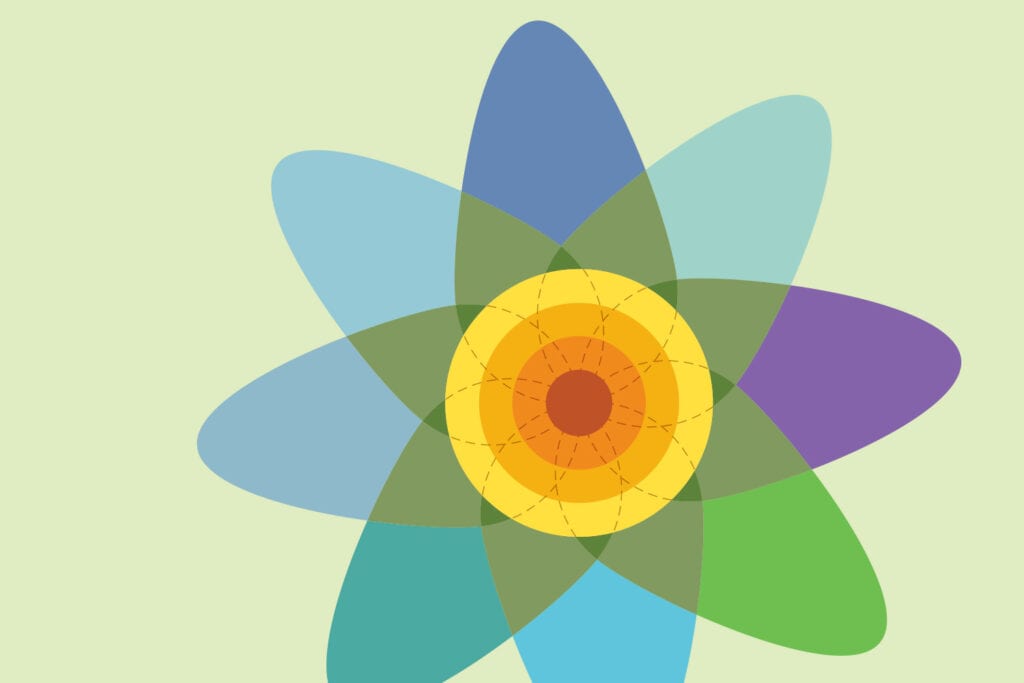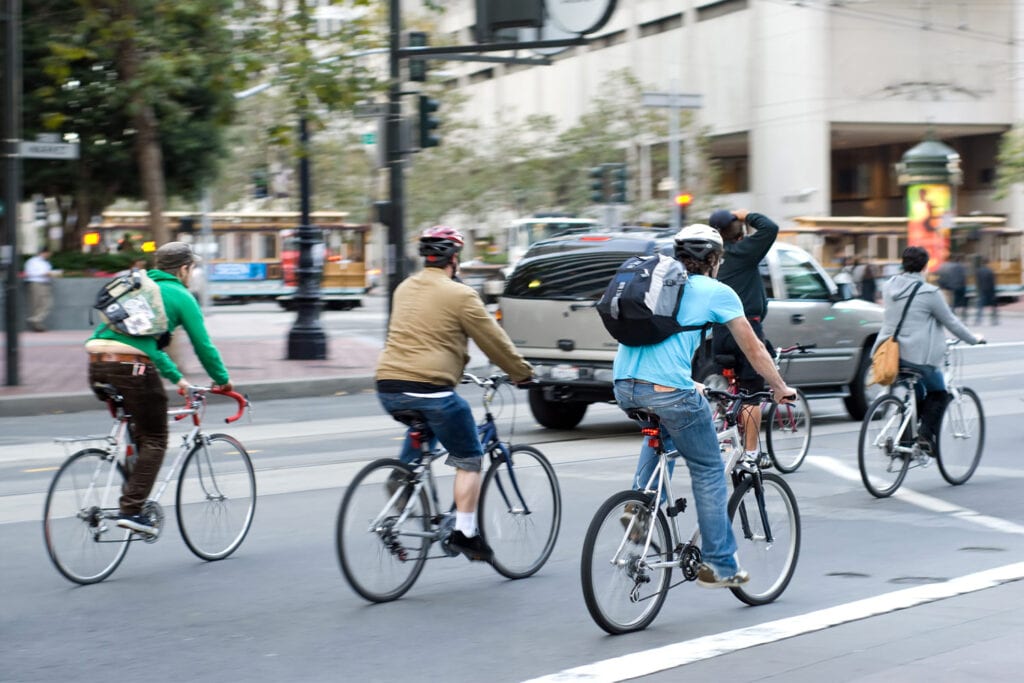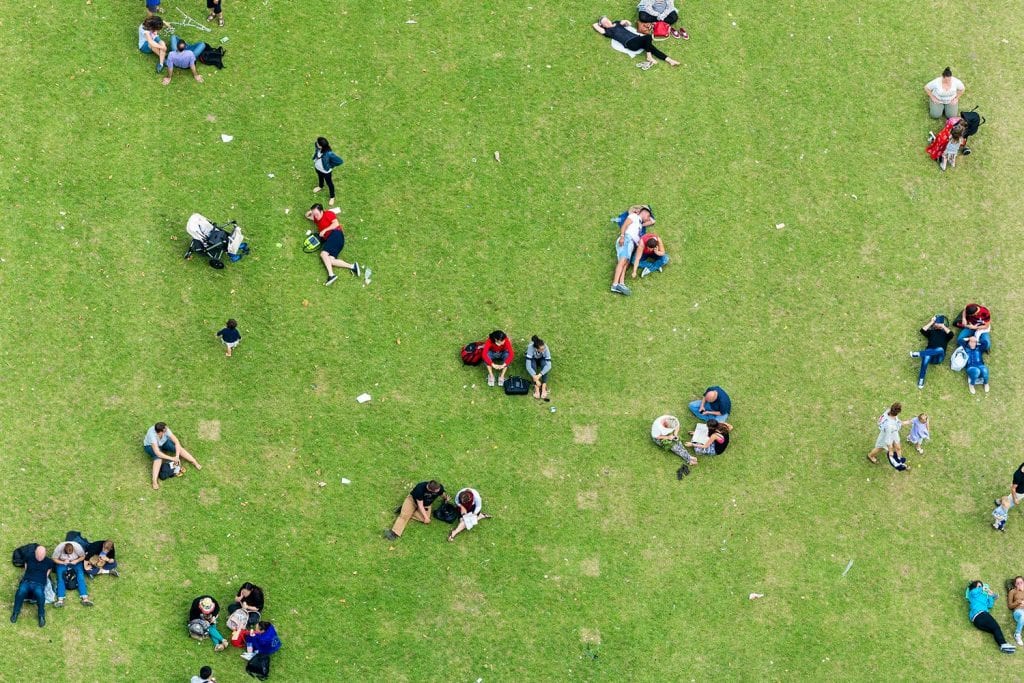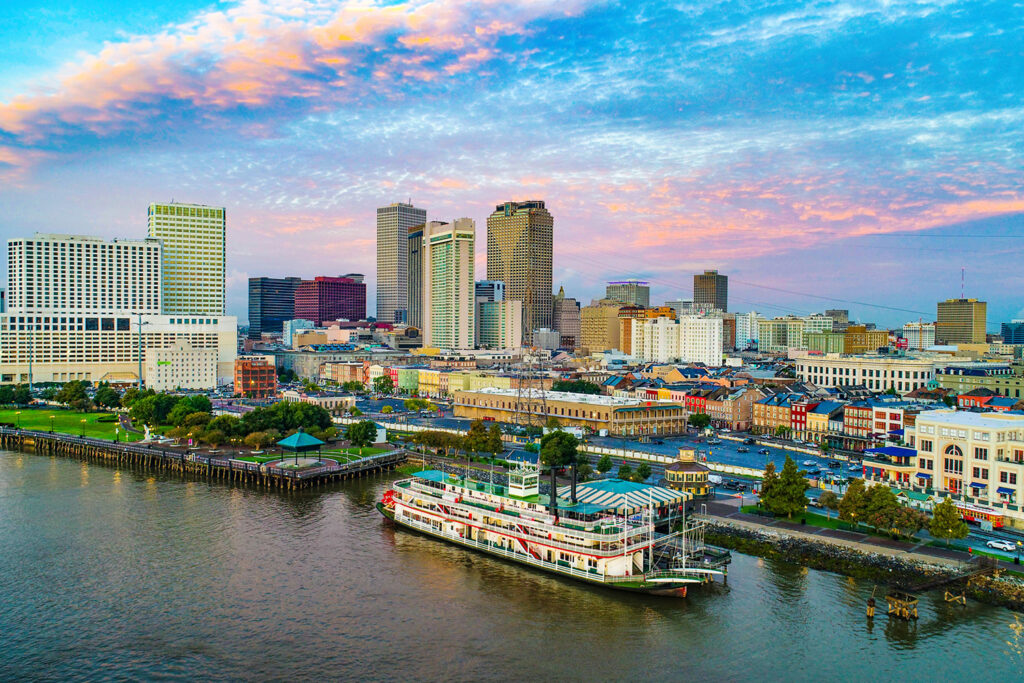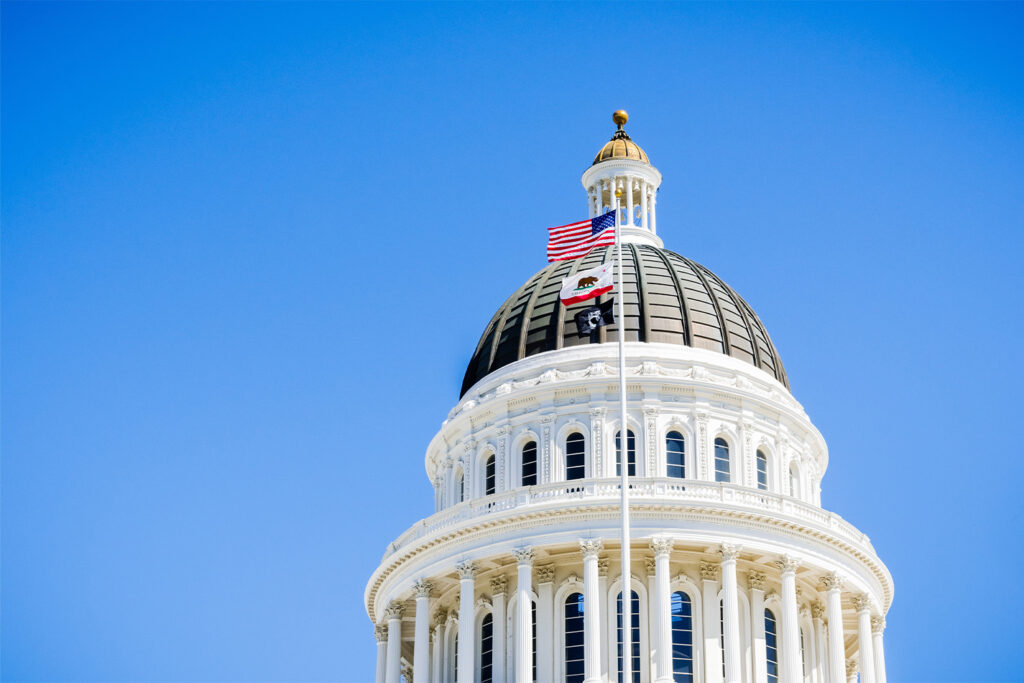Covid-19 and Plastic: Is it Fantastic?
At Buro Happold, our pre-pandemic office environments encouraged composting, an array of reusables, and frequent conversations about waste, the environment, and our firm’s plastic footprint.
Nowadays, those conversations happen virtually, and while these office efforts were an extension of my personal zero waste endeavors, my grocery store runs no longer include reusable containers. I’ve substituted my cotton produce bags for flimsy plastic and have opted for packaged goods instead of my usual bulk staples. Single-use plastics have taken the role of the protector from the outside world during the pandemic.
We, including myself, associate disposable items with increased health and safety. Amid increasing fears of unsanitary surfaces, sterile plastic is taking the lead over reusables. In a world where coronavirus seems to be lurking in every corner, we’re undoubtedly taking every precaution to avoid contamination from everyday items we bring into our homes. The thought that single-use disposable items are once again becoming the norm leaves me wondering…
Is it possible to reduce our plastic waste during a pandemic?
Let’s start by breaking down the issues surrounding plastic in our oceans and our communities.
1. “More Plastic than Fish”
Once we throw something away, we never really think about where that “away” actually is. In 2012, approximately 288 million tons of plastic waste was produced from petroleum and natural gas. It is estimated that 60-80% of ocean litter is plastic and that 8 million tons of plastic ends up in the ocean every year.7,2 Yes, I said each year. There’s no question we’ve all seen images of turtles with plastic straws jammed into their nostrils or flippers entangled in a plastic bag. These gruesome images represent our increasing obsession with single-use plastic, and complete disregard for the consequences of that obsession.

As consumers, we decide how much we consume and how we dispose of the waste we produce. However, companies ultimately decide how much plastic enters the market via product packaging, leaving consumers with few plastic-free options.12 While many attempt to recycle their plastic, only 9% of all plastic ever produced has been recycled. With only 79% of plastic ending up in landfills, the rest of our plastic forks or takeout containers ultimately break down into microplastics in the ocean and are thought to get there from litter, industrial leakage, and improper waste management.11 Sun exposure and water encourage toxic leachate and the creation of microplastics that impact the health of marine ecosystems and ultimately allow chemicals to accumulate to a point that poses a serious risk to human health.2,8,9
2. “NIMBY – Not In My Backyard”
In addition to building up in our oceans, plastic waste has a significant and disproportionate impact on our communities. The Warren County PCB Landfill protest in 1982 is thought to be the start of the environmental justice movement.5 The environmental justice movement links pollution, race, and poverty and highlights the environmental burdens within communities.5 Landfills and hazardous waste facilities that are disproportionately located in Black, Indigenous, and People of Color (BIPOC) communities lead to high rates of health issues.5 The increased exposure to hydrogen sulfide near landfills increases community members’ risks of developing respiratory illness, including fatal diseases and lung cancer.1

Furthermore, improper landfill engineering allows for leachate to contaminate groundwater with heavy metals, endotoxins, microorganisms, and endocrine disruptors such as plasticizers, PCBs, and the notorious Bisphenol A (BPA).3,8 If not properly maintained, landfills pose a significant detriment to both air quality and groundwater, which puts the health and wellbeing of marginalized communities at risk.3
3. “Plastic Will Keep Me Safe During the Pandemic”
While Covid-19 has us depending on plastic out of concern for our health, scientists have agreed that reusables do not pose additional risk to contamination as long as they are cleaned often.14 However, some retailers have stopped allowing people to bring their own shopping bags and containers out of increased fears of potential contamination. Though the CDC currently encourages disposable food service items, they also encourage using reusable items as long as they are washed effectively.10
The point is that reusables – whether that’s the metal straw you stash in your pocket or your cloth face covering – should not be discouraged, but instead handled with caution and carefully sanitized, in the same way we have become hyper-vigilant in how we clean our surroundings. While the plastic industry is capitalizing on the pandemic with the aim to roll-back progressive policies that were created to remove plastic from our society, it’s important to realize that the barrier between us and the pandemic is more dependent on our healthy habits and consistent public mask-wearing than on our use of single-use plastic.10,12

4. “I Want to Be Part of the Solution”
Despite these unprecedented times, cities like New York still aspire to reach a Zero Waste target by 2030. NYC’s plastic bag ban, though delayed, still plans to be implemented during summer 2020.13 The United Nations Environment Assembly recognizes that plastic pollution is an alarming issue that needs comprehensive international attention.
One of the goals of the 2030 Agenda for Sustainable Development is “by 2025, [to] prevent and significantly reduce marine pollution of all kinds, in particular from land-based activities, including marine debris and nutrient pollution,” which highlights the global urgency of reducing plastic pollution.9
So, what can we do at home and in the built environment to meet these goals?
Before diving into a list of solutions we can each partake in, it’s important to recognize that having the ability to reduce our plastic consumption is largely one of privilege. Many folks simply do not have the purchasing power or access to plastic-free alternatives. However, it’s also important to realize that a majority of the strides to reduce single-use plastic must come from upstream, meaning companies and organizations need to reimagine or reconsider plastic packaging. Understanding this, here are a few plastic-reducing initiatives to take with you into your work and home life.
In the Built Environment:
- Encourage designing for zero waste on future projects by starting with these guidelines developed in part by AIA New York
- Engage in frameworks such as TRUE and Living Building Challenge that encourage both Zero Waste and Equity
- Engage with your community members and policy makers to incorporate waste reduction targets as part of your community’s sustainability guidelines or goals
At Home:
- Take the Plastic Free July Challenge
- Consistently wear and sanitize a reusable mask
- Replace sanitizing wipes with a washable cloth and alcohol solution
- If your grocery store doesn’t allow you to bring your own bags, simply ask to keep everything in the cart or basket and pack your own groceries into your reusable tote/backpack. If this is not feasible, opt for paper bags over plastic.
- Consider choosing a canned/glass option over plastic
- Consider going bagless with hardy produce
- Request to minimize packaging for online orders
- Consider doing a home waste audit to see what you can reduce or recycle
- Consider ordering from a business that focuses on sustainability like these zero waste grocery delivery platforms:
- The Wally Shop – Bulk pantry staples
- Loop Store – Nationwide brands of food, beauty items, and household essentials without the waste
Article Contributors: Sara Kingman and Kirsten Melling
Further reading
- “Living near a Landfill Could Damage Your Health.” ScienceDaily, ScienceDaily, 24 May 2016 www.sciencedaily.com/releases/2016/05/160524211817.htm
- Bejgarn, Sofia, et al. “Toxicity of Leachate from Weathering Plastics: An Exploratory Screening Study with Nitocra Spinipes.” Chemosphere, Pergamon, 29 Mar 2015 www.sciencedirect.com/science/article/pii/S0045653515002106
- Nagarajan, Rajkumar, et al. “Impact of Leachate on Groundwater Pollution Due to Non-Engineered Municipal Solid Waste Landfill Sites of Erode City, Tamil Nadu, India.” Iranian Journal of Environmental Health Science & Engineering, BioMed Central, 27 Dec 2012 www.ncbi.nlm.nih.gov/pmc/articles/PMC3561079/
- Teuten, Emma L, et al. “Transport and Release of Chemicals from Plastics to the Environment and to Wildlife.” Philosophical Transactions of the Royal Society of London. Series B, Biological Sciences, The Royal Society, 27 July 2009 www.ncbi.nlm.nih.gov/pmc/articles/PMC2873017/
- Toxic Wasters and Race – NRC: Home Page. www.nrc.gov/docs/ML1310/ML13109A339.pdf
- Bengali, Shashank. “COVID-19 Pandemic Creates Tidal Wave of Plastic Waste …” Los Angeles Times, 13 June 2020 www.latimes.com/world-nation/story/2020-06-13/coronavirus-pandemic-plastic-waste-recycling
- Parker, Laura. “Eight Million Tons of Plastic Dumped in Ocean Every Year.” New Study Shows Plastic in Oceans Is on the Rise, 10 Oct 2017 www.nationalgeographic.com/news/2015/2/150212-ocean-debris-plastic-garbage-patches-science/
- “Plastic & Health.” Center for International Environmental Law, Feb 2019 www.ciel.org/plasticandhealth/
- “Convention on Plastic Pollution: Toward a New Global Agreement to Address Plastic Pollution.” Center for International Environmental Law, June 2020 ww.ciel.org/reports/convention-on-plastic-pollution-toward-a-new-global-agreement-to-address-plastic-pollution/
- Considerations for Restaurants and Bars | COVID-19 | CDC www.cdc.gov/coronavirus/2019-ncov/community/organizations/business-employers/bars-restaurants.html
- Young, Nick. “How Does Plastic End up in the Ocean? – Greenpeace New Zealand.” Greenpeace, 23 Aug 2017 www.greenpeace.org/new-zealand/story/how-does-plastic-end-up-in-the-ocean/
- Choi, Audrey. “Why Plastic Waste Is a C-Suite Issue.” Harvard Business Review, 21 Apr 2020 hbr.org/2020/04/why-plastic-waste-is-a-c-suite-issue
- Chang, Sophia. “Enforcement of New York’s Plastic Bag Ban Delayed to June.” Gothamist, 18 Apr 2020 gothamist.com/food/enforcement-new-yorks-plastic-bag-ban-delayed-june
- https://storage.googleapis.com/planet4-international-stateless/2020/06/26618dd6-health-expert-statement-reusables-safety.pdf
